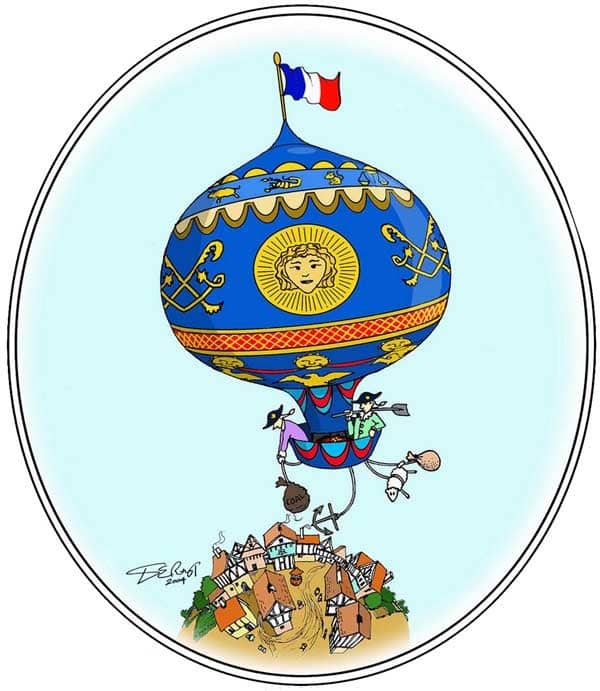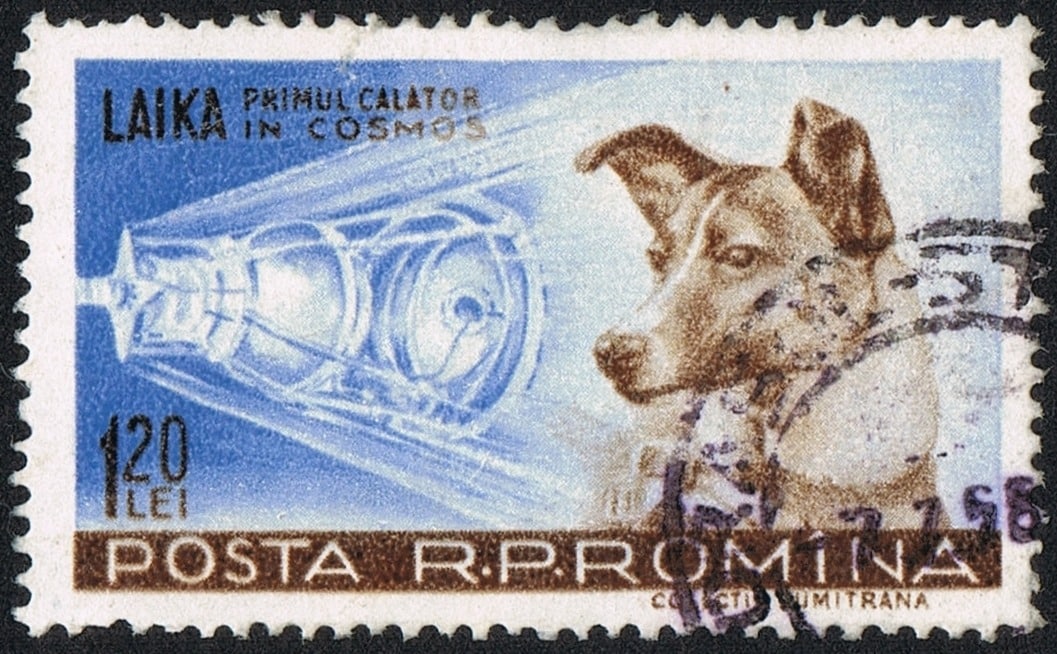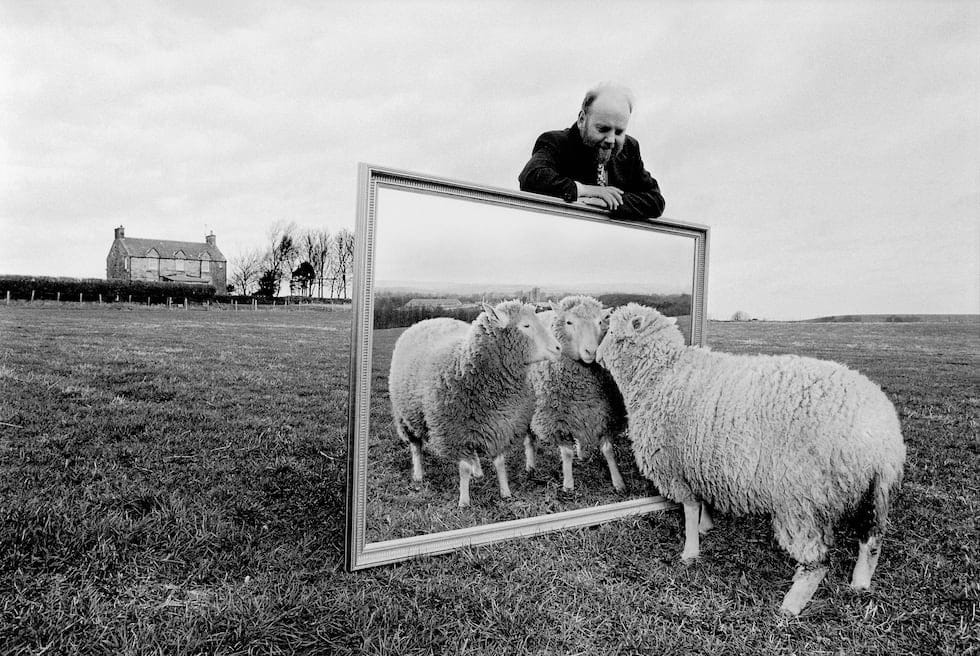8 Animals That Made A Historic Difference
Have you ever heard of a dog who braved a blizzard to deliver life-saving serum or a baboon who performed essential tasks and assisted his human comrades in WWI?
These incredible stories, which seem like they belong in books or films, actually happen in real life. Animals have always played a crucial yet often overlooked role in history.
Many have been heroes and trailblazers, stepping up when it mattered most. Keep scrolling down to explore these amazing animals!
1. Montauciel the sheep, one of the world’s first aeronauts

In 1783, a sheep named Montauciel made history by becoming the first land mammal to take flight. The Montgolfier brothers, pioneers of aviation, invented the hot air balloon and were eager to demonstrate its potential.
Before risking their own lives, they decided to conduct a public exhibition in Versailles with some unexpected passengers. Montauciel, along with a duck and a rooster, climbed into the balloon’s basket, embarking on a journey into the unknown.

The balloon soared for eight minutes before landing a few kilometers away. Remarkably, all the animals survived, with Montauciel’s safe return providing crucial evidence of the balloon’s safety.
Following this success, the Montgolfier brothers themselves took to the skies weeks later.
2. Laika, the brave mutt who ventured into space

On November 3, 1957, a small female mutt named Laika became the first animal to orbit Earth aboard the Soviet spacecraft Sputnik 2.
This historic mission, occurring just a month after the launch of Sputnik 1, marked a significant milestone in the space age and paved the way for human spaceflight.
Laika, whose name means “barker” in Russian, was chosen for her resilience, having been a stray dog before being captured and trained for space missions.

The Soviets favored using strays due to their hardiness compared to domesticated dogs. Initially, Soviet officials claimed that Laika survived for about a week in space, but in 2002, it was revealed that she died just a few hours after launch due to overheating and stress.
Despite her tragic end, Laika’s sacrifice provided invaluable data for scientists and engineers, contributing to the success of subsequent missions.
Sputnik 2, with Laika’s remains inside, orbited Earth over 2,000 times before burning up upon re-entering the atmosphere in April 1958.

Following Laika’s mission, Soviet space dogs Belka and Strelka made history in August 1960 by becoming the first animals to circle Earth and return safely.
Their successful flight was a significant milestone, demonstrating that living beings could survive the harsh conditions of space and return unharmed.
Less than a year later, on April 12, 1961, Soviet pilot Yuri Gagarin became the first human in space, followed by the historic Apollo 11 mission in 1969, when Americans landed the first man on the moon.
3. Cher Ami, the heroic carrier pigeon who saved U.S. troops during WWI

Cher Ami was part of the U.S. Army Signal Corps in France, which used pigeons to carry important messages. In October 1918, Cher Ami was given a critical task: delivering a message from Major Charles Whittlesey’s “Lost Battalion.”
This group of soldiers was trapped on a hill in northeastern France, surrounded by enemy forces and accidentally being attacked by their own side.
Despite being badly injured by enemy gunfire, Cher Ami took flight and heroically completed the mission. The brave bird managed to return to the home coop with a message pinpointing the Lost Battalion’s location.

Thanks to Cher Ami’s bravery, many lives were saved, and the bird was awarded the Croix de Guerre by the French government.
Cher Ami’s story did not end there. After the pigeon died in June 1919, Cher Ami was preserved and put on display at the Smithsonian Institution. Cher Ami’s courage is a reminder of the important role animals have played in history.
4. Jackie the Baboon, the remarkable military assistant

Jackie belonged to Albert Marr, a South African soldier in the 3rd South African Infantry Regiment. When Albert enlisted to fight in the war, he brought Jackie along, and the baboon became an official mascot for the regiment.
Jackie did more than just boost morale; he became an essential part of the unit. He was trained to salute, stand at attention, light soldiers’ cigarettes, and guard their belongings. His presence and skills made him a valuable member of the team.

Jackie, with a keen sense of danger, alerted the troops to enemy presence or impending attacks.
During the war, Jackie demonstrated incredible bravery. He was wounded in battle, receiving shrapnel wounds to his leg. Even though he was hurt, Jackie kept serving until the war ended.
After his service, he was awarded a medal for bravery and was officially discharged with the rank of private.
5. Dolly the sheep, who proved cloning was possible

On July 5, 1996, Dolly the sheep was born, making history as the first mammal cloned from an adult cell.
This event showed that somatic cell nuclear transfer could work. In this process, the nucleus from an adult cell is placed into an unfertilized egg, electrified, and then implanted into a surrogate.
Dolly’s birth was a big step forward in genetics and biotechnology. It showed that complex organisms could be cloned.

Although Dolly only lived for six years and died from a lung disease, her existence had a huge impact on science and cloning research.
The cloning technique used for Dolly was later applied to other animals, such as pigs, deer, horses, and bulls. This advancement has had significant implications for agriculture, medicine, and biological research.
6. Balto the dog, the heroic deliverer of life-saving serum

In 1925, doctors in Nome, Alaska, faced a deadly problem. A diphtheria epidemic threatened the city, and the only serum that could help was in Seattle.
With no way to deliver the medicine by plane, officials came up with a daring plan: use multiple dog sled teams to transport the antitoxin.
The final leg of this crucial journey was led by Balto, a black and white Siberian husky. Balto and his team braved a blizzard in the dead of night to deliver the life-saving serum.

On the morning of February 2, 1925, they reached Nome, and Balto’s owner, Gunter Kaasen, simply said, “Damn fine dog.”
Balto and the other heroic dogs played a vital role in saving the people of Nome. They bravely delivered the antitoxin in time, preventing the epidemic from spreading further.
7. Smoky, the little war hero at the US Air Force

There’s no shortage of stories about dogs performing heroic acts during wartime. But Smoky was not a large dog like a husky or Newfoundland. She was a tiny Yorkie!
During World War II, American soldiers were under attack on an airfield in the Philippines. The only way to communicate from the airfield was by running telephone lines through an underground pipe.
It was too dangerous and difficult for humans, so Smoky stepped in to help.

A corporal, her owner, guided her through the pipe with wires attached to her collar. Her bravery allowed the communication lines to be set up, saving as many as 250 lives.
Smoky’s presence was also a huge morale booster. She brought joy and comfort to soldiers and hospital patients alike. She is remembered as one of the earliest therapy dogs.
8. Pickles, the clever collie, who stopped a robbery

In 1966, the Jules Rimet trophy, the precursor to the FIFA World Cup trophy, was stolen from a secure location in London’s Central Hall just before the World Cup.
Despite extensive efforts, British detectives were unable to locate the missing trophy. High-profile companies even offered rewards for its return.
A week after the theft, a man named David Corbett was walking his dog, Pickles, in a South London neighborhood.

Pickles started sniffing around a bush, and Corbett investigated. To their surprise, they found the Jules Rimet trophy wrapped in newspaper beneath the bush.
Pickles was celebrated for his discovery. He received a silver medal from the National Canine Defence League and even appeared in the spy film “The Spy with a Cold Nose.”
Despite not being a police dog or specially trained, Pickles proved that ordinary pets can have extraordinary abilities.

